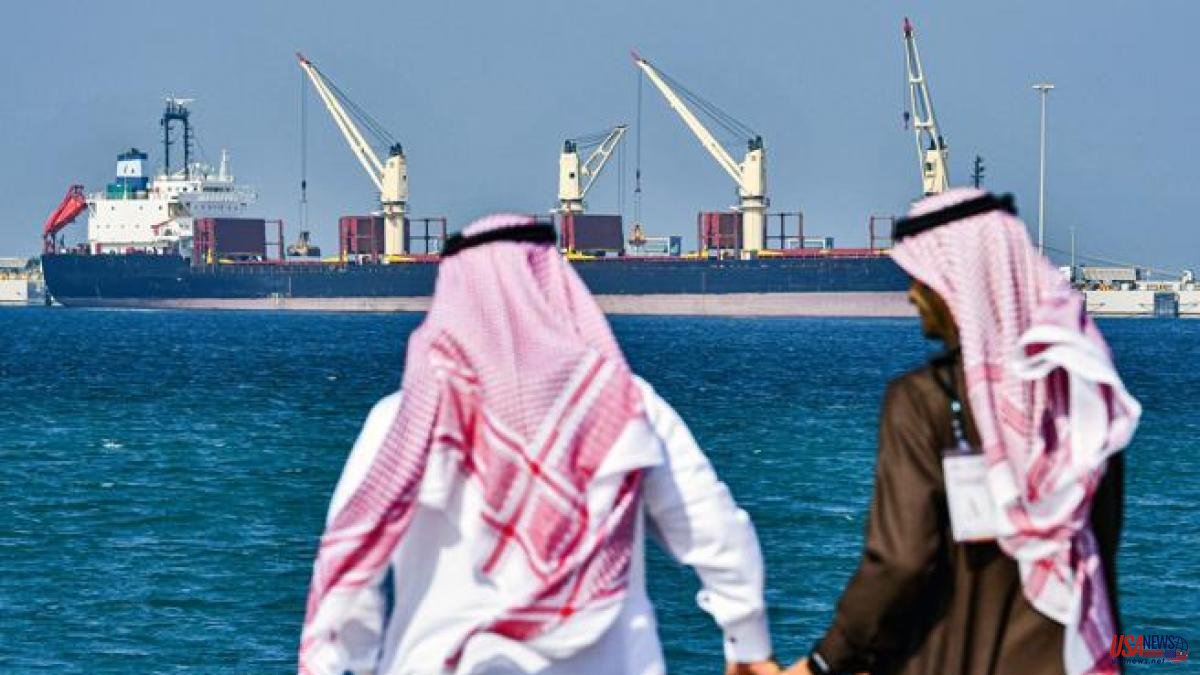The price of oil after the entry into force today of the cap set by the European Commission and the G7 on crude oil from Russia has not suffered major changes due to the mere expression of a fact already well known to the markets. The maximum price, 60 dollars a barrel, is well below the current price of Brent, which exceeds 86 dollars a barrel.
For this reason, Russia is looking for alternatives, as it has done since the beginning of its aggression against Ukraine and the arrival of European sanctions. According to Reuters, Russia's ESPO blend of oil from the Far Eastern port of Kozmino was selling this morning for around $79 a barrel in Asian markets, almost a third more than the price cap imposed on Russian oil by the EU. and the major powers of the world.
Every year, Russia exports about 65 million tons of crude through the East Siberia-Pacific Ocean pipeline, including up to 35 million tons through the port of Kozmino. Oil is, along with gas, absolutely strategic for the country presided over by Vladimir Putin, which obtains a large part of the foreign currency that allows it to keep its economy afloat at the moment.
With the imminent arrival of winter, the energy crisis that has been dragging on since the beginning of the year will worsen. On Sunday, OPEC, the oil cartel that includes the main producers and Russia, decided to keep production levels intact. This fact could help raise prices at a time when a new cut was expected due to the slowdown or, depending on the case, the economic recession that is plaguing many countries. Demand is already noticing.
Meanwhile, Russia's crude oil shipments to Europe are shrinking rapidly. A European Union ban on maritime imports from the country is now in effect, shutting down a market that was taking in more than 1.5 million barrels a day before Moscow troops invaded Ukraine in late February. The flow dropped to less than a fifth of that volume in the four weeks to December 5, and will drop to near zero once the sanctions really take effect.
So far, the displaced shipments have been diverted to Asia, with a flotilla of tankers sailing through Europe and through the Suez Canal to deliver cargoes to India and China. That route has become more expensive as an EU ban and a mentioned price cap of $60 a barrel looms.
According to Bloomberg, in the last week before the EU ban took effect, total volumes shipped from Russia increased by 94,000 barrels per day to 2.99 million in the seven days to December 2, while the average less volatile four weeks continued to fall. That latest measure fell by 153,000 barrels a day to below 3 million for the first time since October and to its lowest level since the invasion of Ukraine.













